Your cart is currently empty!
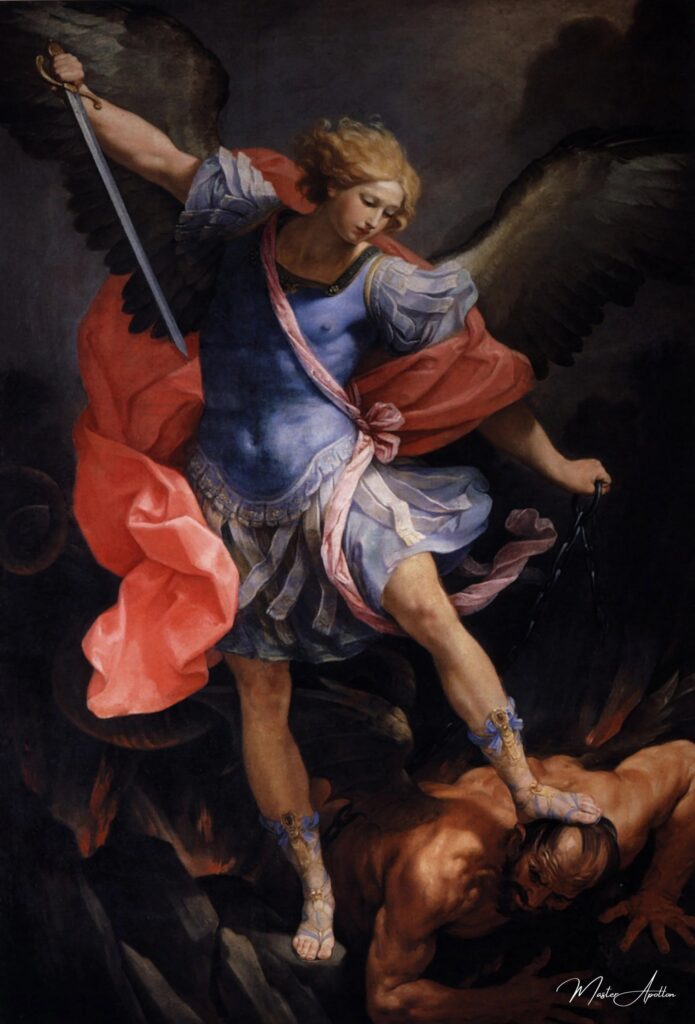
The Archangel Michael defeating Satan – Guido Reni
This oil painting reproduction of “The Archangel Michael defeating Satan” by Guido Reni is a stunning masterpiece that will bring a touch of elegance and sophistication to any space. Crafted with the highest quality materials and meticulous attention to detail, this reproduction captures the essence of the original artwork with remarkable precision.
The craftsmanship of this piece is truly exc…
The Triumph of Good over Evil: An Analysis of Guido Reni’s The Archangel Michael Defeating Satan
Guido Reni’s painting, The Archangel Michael Defeating Satan, stands as a remarkable testament to the eternal struggle between good and evil. Completed in the early 17th century, this artwork not only captures a pivotal biblical moment but also resonates with broader themes of faith, hope, and divine protection. Reni’s portrayal of the Archangel Michael encapsulates a narrative that transcends its visual form, evoking a sense of spiritual reassurance and moral clarity.

Main Themes
Triumph of Good over Evil
At the heart of The Archangel Michael Defeating Satan lies the profound theme of the triumph of good over evil. The Archangel Michael, a prominent figure in Christian tradition, is depicted in a moment of divine victory over Satan, the embodiment of evil. This dramatic confrontation serves as a reminder of the ongoing battle between righteousness and malevolence, a narrative familiar to many cultures and religions. Michael’s presence signifies not only a protector of the faithful but also an eternal champion of God’s will.
In this context, Reni’s work illustrates a powerful moral dichotomy: the inherent goodness represented by Michael versus the chaos and darkness personified by Satan. This dynamic interaction prompts viewers to reflect on their own lives and the moral choices they face, reinforcing the idea that good ultimately prevails over evil.
Divine Power and Protection
Reni’s portrayal of Michael emphasizes his divine power and protective role. Clad in gleaming armor, Michael is depicted with an imposing and muscular physique, radiating authority and strength. His commanding stance and the raised sword symbolize divine justice and the capacity to overcome evil. This visual representation of power is particularly significant in a historical context where such imagery served to inspire faith and hope in the face of adversity.
The painting thus acts as a reminder that divine protection is available to the faithful. It encourages viewers to seek refuge in their faith, assuring them that, much like Michael, they too can confront and overcome the challenges posed by darkness and temptation.
Faith and Hope
Reni’s work encapsulates a sense of faith and hope, both central tenets of the human experience. By depicting Michael’s victory over Satan, the painting communicates a message of reassurance: righteousness will ultimately prevail. This theme resonates particularly in turbulent times, offering solace to those who may feel overwhelmed by the struggles of life.
The image of Michael triumphing over evil becomes a symbol of hope, inspiring believers to remain steadfast in their convictions. Reni’s artwork invites viewers to reflect on their personal faith journeys and the ways in which they can embody the virtues of courage and resilience in their lives.
Key Visual Elements and Their Significance
Dynamic Composition and Use of Light
One of the most striking aspects of Reni’s painting is its dynamic composition. Michael is portrayed in a moment of intense action, with his body positioned in a way that conveys movement and energy. The swirling clouds surrounding him and the dramatic use of light and shadow enhance the tension within the scene, effectively highlighting the struggle between light and darkness.
The interplay of light in this painting serves to elevate Michael’s divine presence. The radiant illumination that surrounds him emphasizes his role as a heavenly figure and enhances the ethereal quality of the work. This use of chiaroscuro—a technique that contrasts light and dark—creates depth and dimensionality, drawing the viewer’s eye toward the central conflict between Michael and Satan.
Contrasting Depictions of Michael and Satan
Reni employs stark visual contrasts to effectively differentiate the representations of good and evil. Michael is adorned in bright, gleaming armor, exuding an aura of power and divinity. His appearance is not only striking but also imbued with symbolism, suggesting purity and righteousness. In contrast, Satan is depicted in a more chaotic and menacing manner, using dark, muted colors that starkly contrast with Michael’s radiant form. This visual dichotomy reinforces the moral lessons inherent in the narrative.
The distinct physical attributes of both characters amplify their symbolic meanings. Michael’s angelic features and heroic stance project confidence and divine authority, while Satan’s serpent-like form evokes feelings of dread and temptation. Reni’s careful attention to these contrasts allows the viewer to readily identify the overarching moral themes at play.
Symbolism
The symbolism embedded in The Archangel Michael Defeating Satan adds layers of meaning to the visual narrative. The serpent-like depiction of Satan reinforces his association with temptation and deceit, common motifs in biblical stories. The serpent is a potent symbol of sin, reminding viewers of the perennial struggle against moral corruption.
Conversely, Michael’s sword and armor represent divine power and protection. The sword not only symbolizes justice but also serves as a tool of salvation for believers. It embodies the idea that faith and divine intervention can triumph over adversity and evil. Through these symbols, Reni articulates a broader message about the nature of good and evil, encouraging viewers to remain vigilant in their faith.
Overall Interpretation
Guido Reni’s The Archangel Michael Defeating Satan is more than a mere visual representation of a biblical story; it stands as an allegorical depiction of the universal struggle between good and evil. Reni’s masterful use of dramatic composition, contrasting imagery, and rich symbolism creates a powerful and enduring work of art that resonates with viewers on multiple levels.
Through the lens of this painting, we can explore essential themes of faith, hope, and divine protection. The victory of Michael over Satan not only serves as a narrative device but also as a source of inspiration, reminding us that righteousness will ultimately triumph. Reni’s work invites us to reflect on our own struggles and moral choices, encouraging us to embrace the virtues of courage and resilience.
In conclusion, The Archangel Michael Defeating Satan captures the timeless themes of good versus evil and the hope that springs from faith. Reni’s artistic genius allows viewers to engage with the painting on both a visual and spiritual level, making it a significant contribution to the canon of religious art. As we contemplate the imagery and symbolism, we are reminded of the power of divine protection and the enduring message of hope in the face of darkness.
Guido Reni
Guido Reni was an Italian Baroque painter known for his mastery of color, light, and dynamic compositions, particularly in religious themes, exemplified in works like The Archangel Michael Defeating Satan.

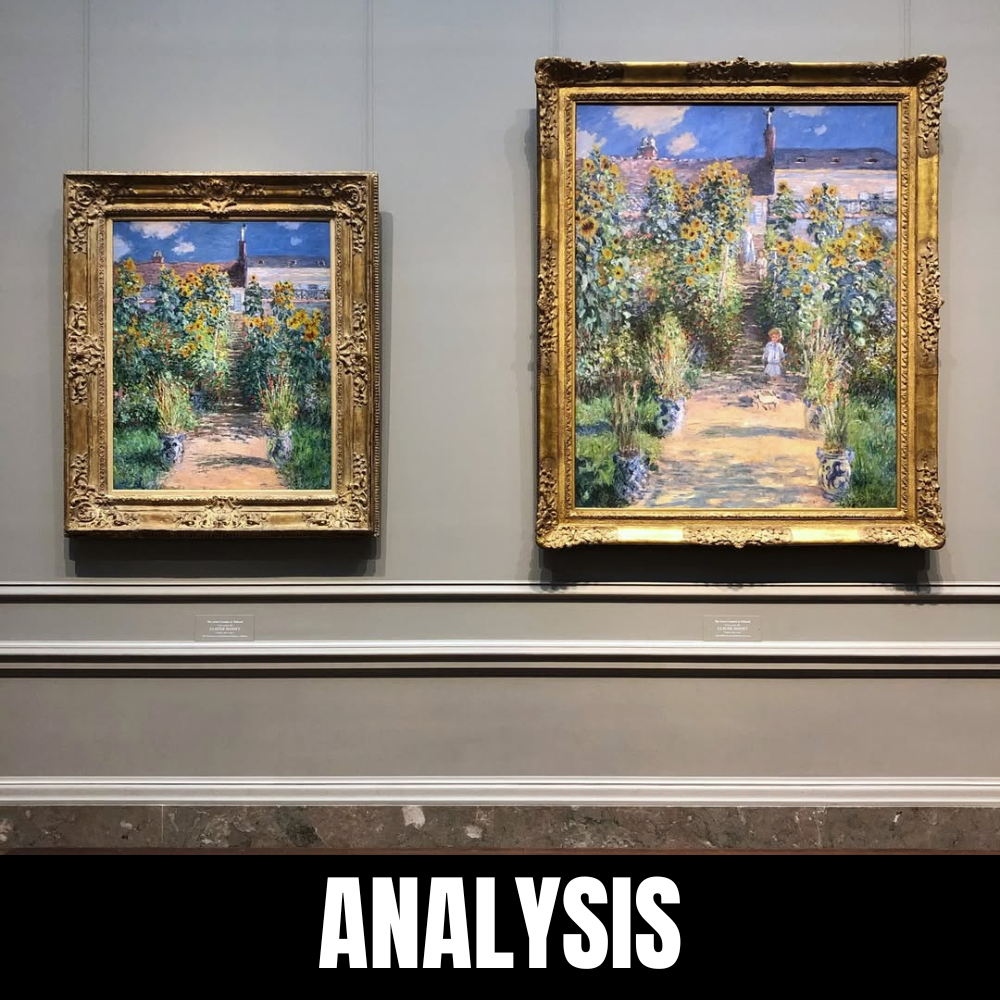
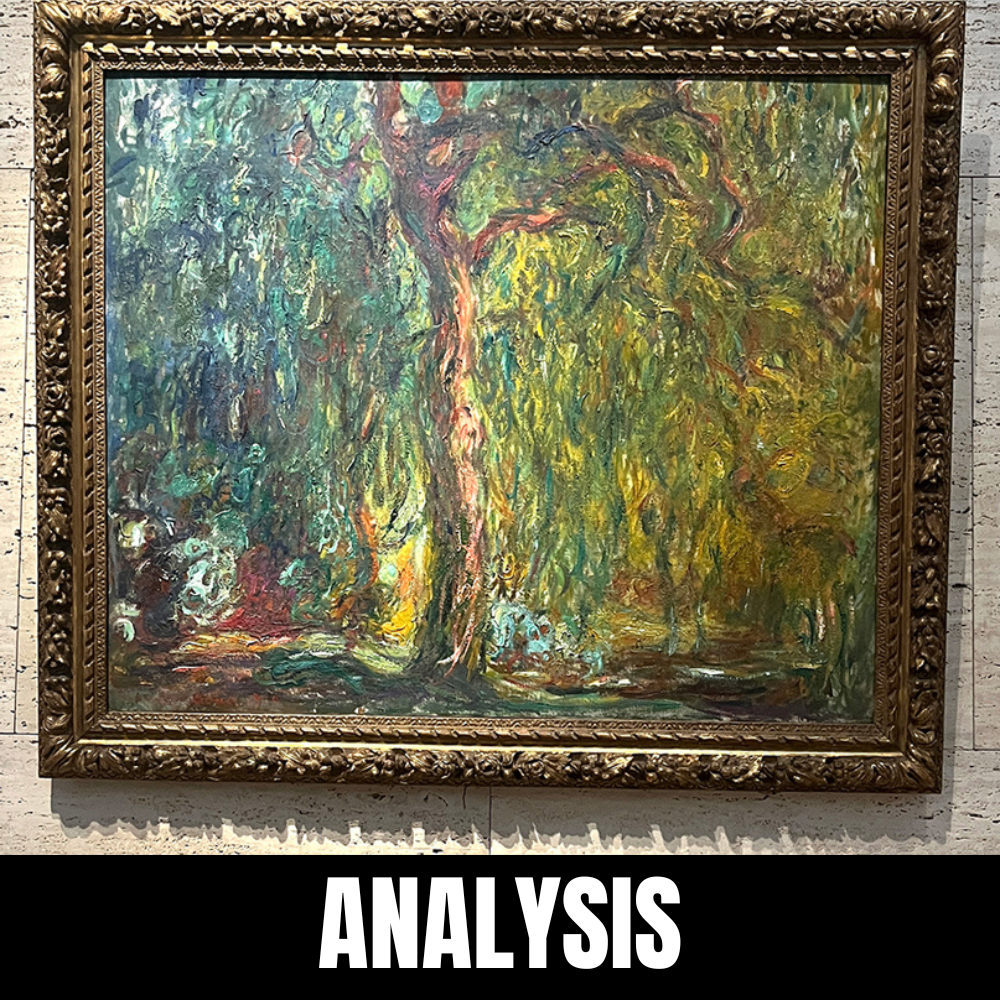
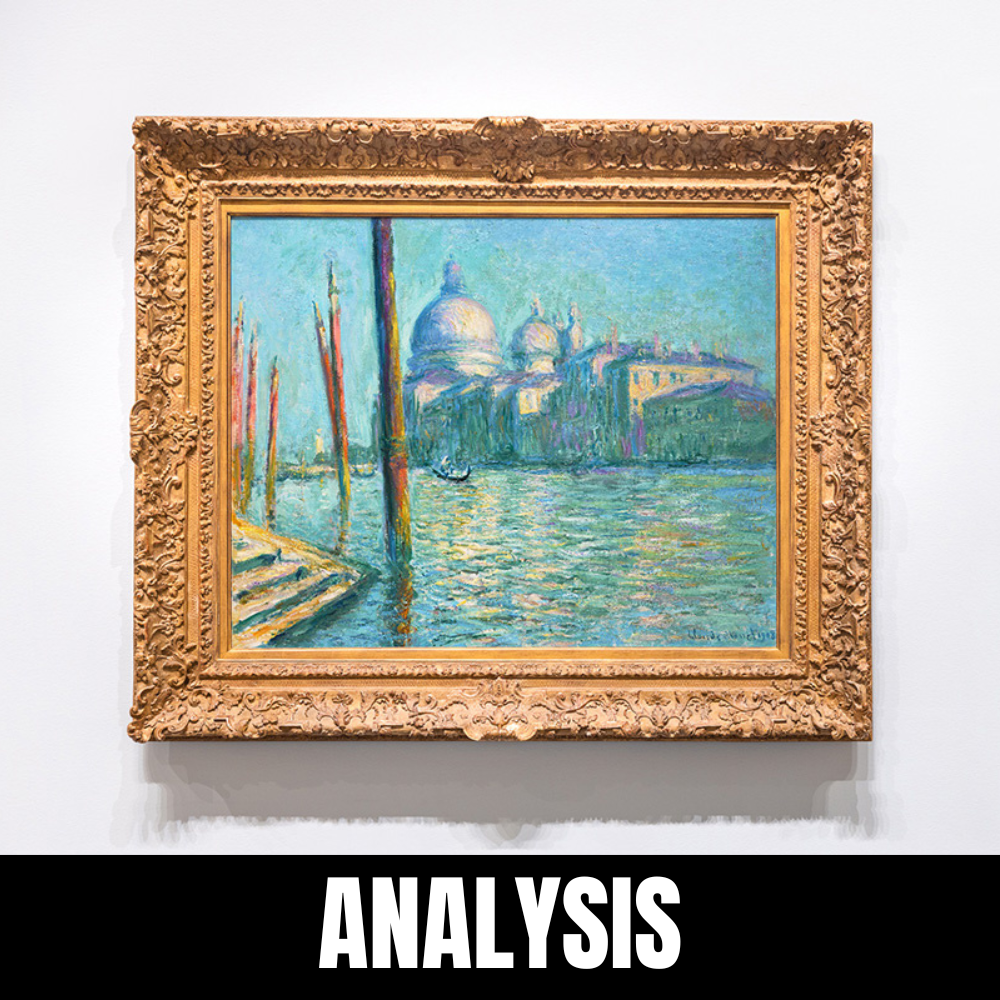
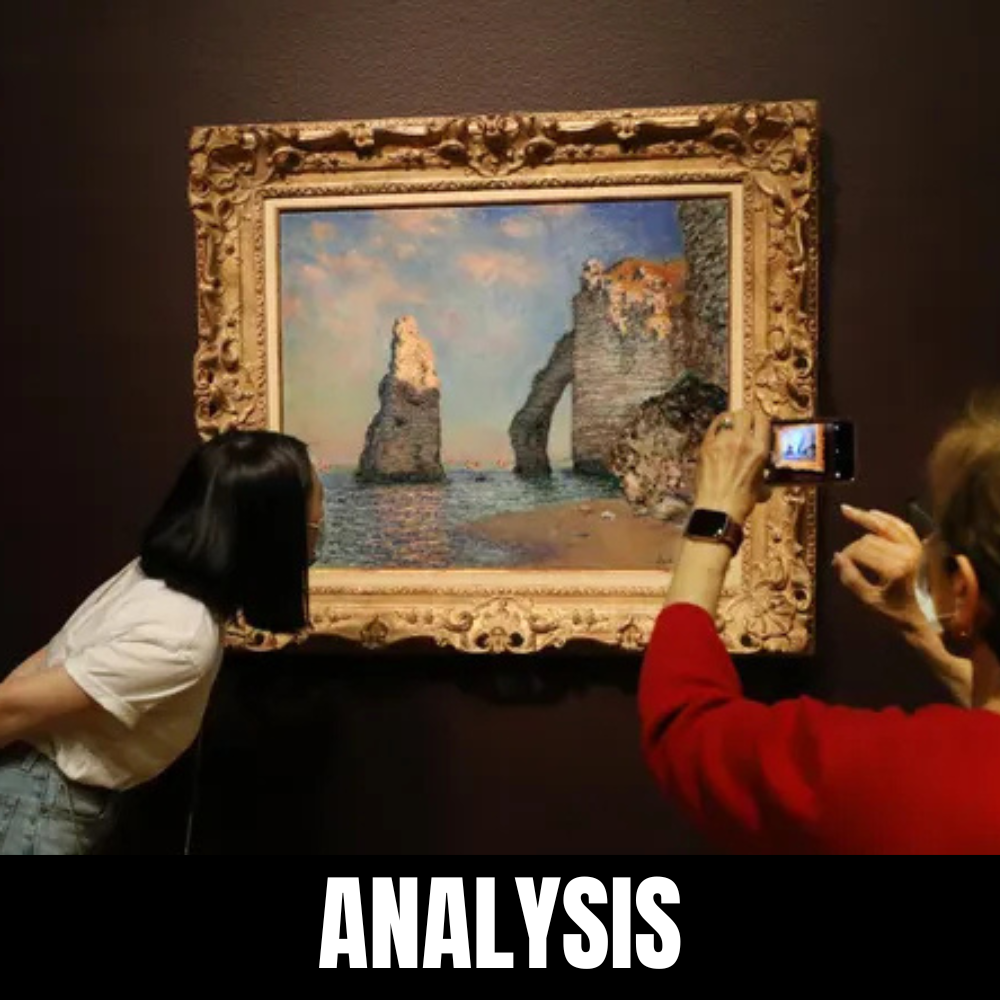
Leave a Reply